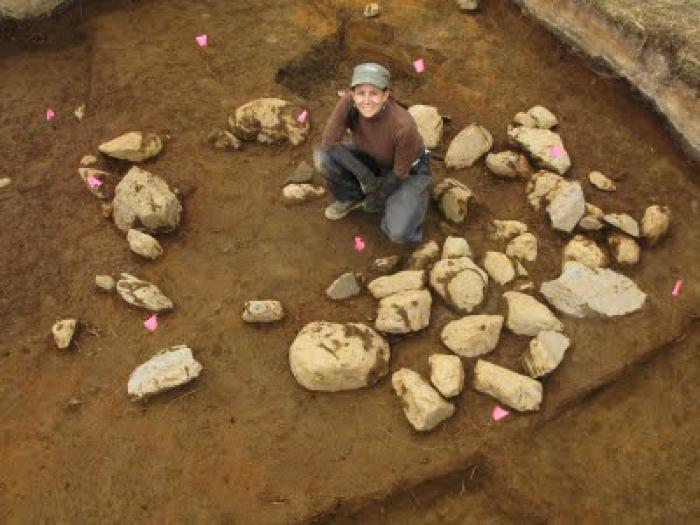Rock — Yaamaq

The Kodiak Archipelago is formed of intrusive igneous, sedimentary, and metamorphic rocks many millions of years old. Slate and shale, greywacke and granite are the stones that make up the island’s core, and they provided raw material for many traditional tools. Harpoons and arrows were tipped with small points fashioned from local cherts, knives were ground of hard black slate, and oil lamps were pecked from cobbles of hard grey-green tonalite. Rocks were also important for cooking and bathing. Stones heated in a fire were dropped in baskets to warm food, and hot rocks splashed with water created steam for steam bathing. Collecting the right type of rock was an art. Some stones shatter readily when heated, producing dangerous flying debris. Alutiiq people continue to collect specific types of cobbles for use in the steam bath.
Yaamaq is also the name of a popular children’s game played by individual competitors or teams of players. Children erect stakes on the beach, each in a shallow depression about two hands wide. Next, players select smooth, hand-sized rocks to throw at the stakes and line up behind one stake to take turns throwing at the other. Contestants score two points by hitting the stake or one point by tossing the rock that lands closest to the target. Bouncing the rock into the stake is not allowed, and a team must accumulate sixteen points to win a match. The game ends when a team wins two consecutive matches.
